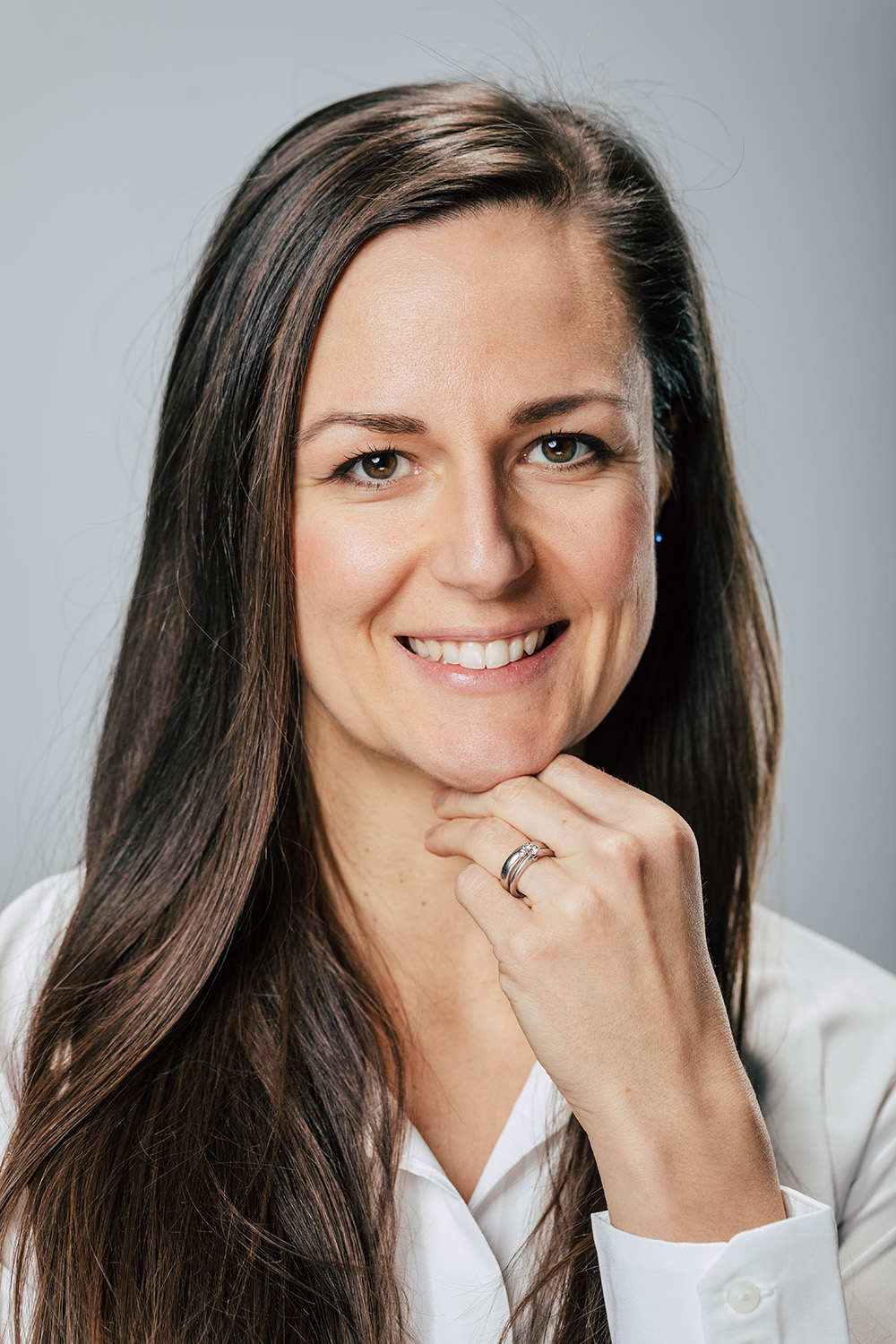Nasal septum surgery
About
Difficulty breathing through the nose is the cause of headaches, feeling tired, weakened sense of smell and resonance disorder - speaking through the nose.
On the occasion of the slightest physical effort, such persons begin to breathe through the mouth, which causes a stimulus of cold and dry air on the mucous membrane of the pharynx, larynx and trachea, with consequent chronic inflammation, painful and difficult swallowing, chronic inflammation of the tonsils, frequent angina or chronic inflammation of the mucous membrane of the larynx and trachea, accompanied by a stimulating cough.
Prevented proper exchange of air through the Eustachian tube causes frequent ear infections, especially in children, with possible hearing loss. Sleep is restless, snoring is often present, and patients wake up tired and sleep-deprived. After a cold bath, it takes a long time for the secretion of mucus in the nose to normalize, and there is a long-lasting feeling of mucus flowing down the throat.
Good nose breathing is a prerequisite for enduring great efforts to which top athletes are exposed, so nasal septum surgery is a frequent procedure that people exposed to physical exertion undergo.
Candidate
Among the most common causes of difficulty breathing through the nose are deviation of the nasal septum and hypertrophy, enlargement of the nasal shells. Deviation of the septum can be congenital or the result of an injury at any age. Deviation mechanically narrows the passage of one or both nasal cavities and leads to reduced air flow. Nose drops do not help because they only affect the mucous membrane, not the cartilage and bone. On the contrary, long-term use of the drops causes atrophy and permanent damage to the mucous membrane.
Preparation
Before deciding on nasal septum surgery, we perform a detailed diagnosis that includes rhinoscopy, nasal endoscopy, fiberendoscopy and patency measurements (rhinomanomometry). Nasal septum surgery is performed under short-term anesthesia, which presupposes an examination by our anesthesiologist, laboratory tests, ECG and spirometry. The use of modern painkillers ensures the absence of pain after nasal septum surgery.
Treatment
Nasal septum surgery is performed through one nostril, without visible external incisions, and the curved cartilage will be partially removed and the rest straightened. The use of the most modern Nd-YAG laser, radiofrequency and functional endoscopic nasal surgery, unlike classical treatment, causes minimal traumatization of the tissue and, as a rule, does not require nasal tamponade. In the case of chronic enlargement of the nasal shells, the method of choice is their reduction with a laser or radiofrequency technique. Our many years of experience confirm the effectiveness in mild and medium forms of hypertrophy. In case of marked hypertrophy of the shells, especially the bony part, we recommend plastic surgery. Our many years of experience in conjunction with precise surgical technique enable the operation of deviation of the septum and nasal shells to be performed as part of day surgery, which means that the patient goes to home care a few hours after the operation.
Result
There are no visible changes on the face in terms of swelling, bruises, etc. After nasal septum surgery, nasal tamponade is usually not necessary.
Precautions
After the procedure on the nasal shells, the tamponade remains in the nose for only a few hours, the longest overnight. In the days after surgery, the nasal mucosa is thickened, and it is necessary to use nasal drops and emulsion to relieve edema and speed up recovery. Return to daily activities is possible after 3-4 days, and physical activity after 3 weeks.
ZagrebMed patient reviews

Send an inquiry for the treatment
Start your way towards a successful treatment today. Fill out the form with your data, choose the service you need and we will connect you with the top medical experts in Zagreb.